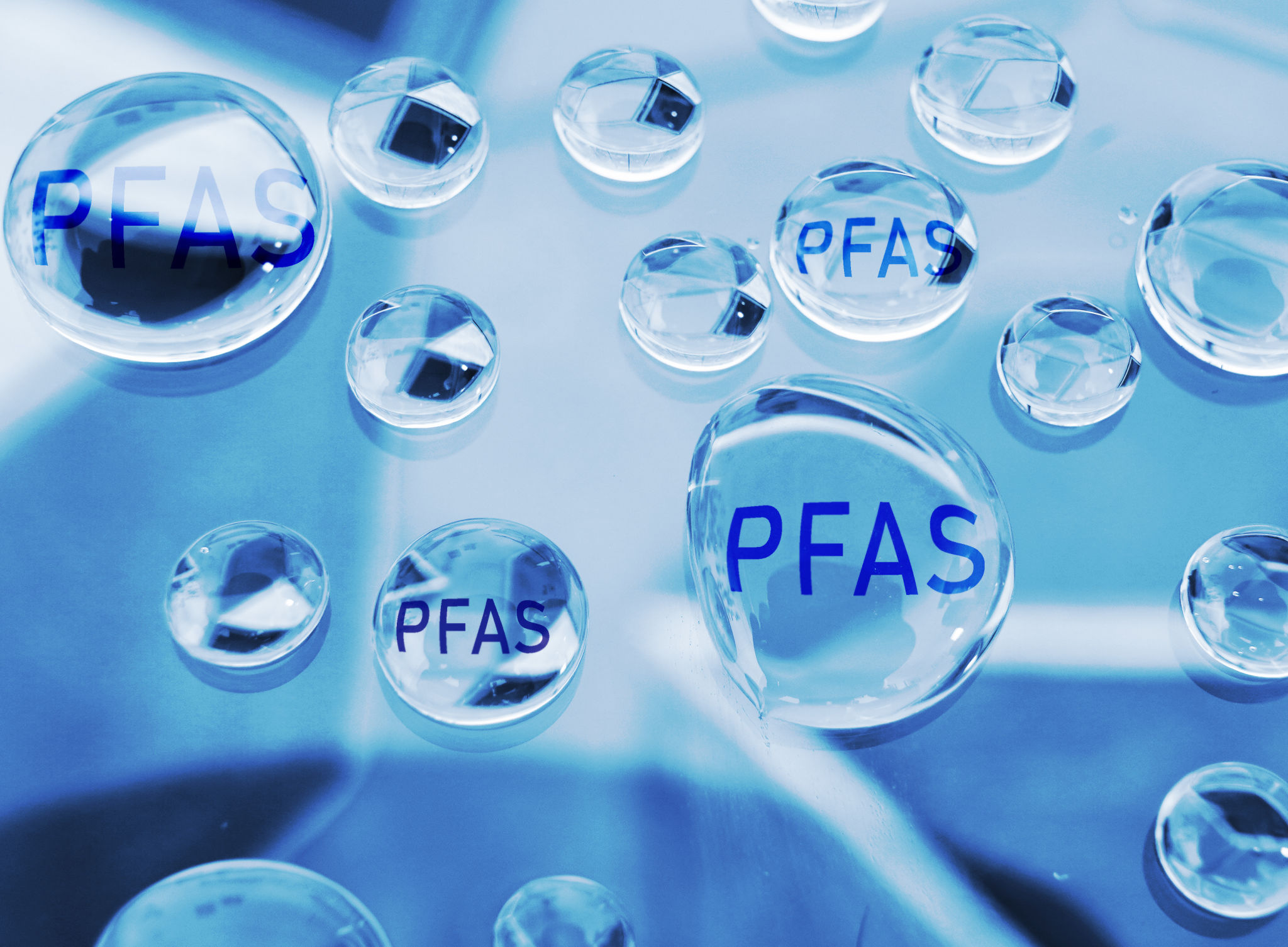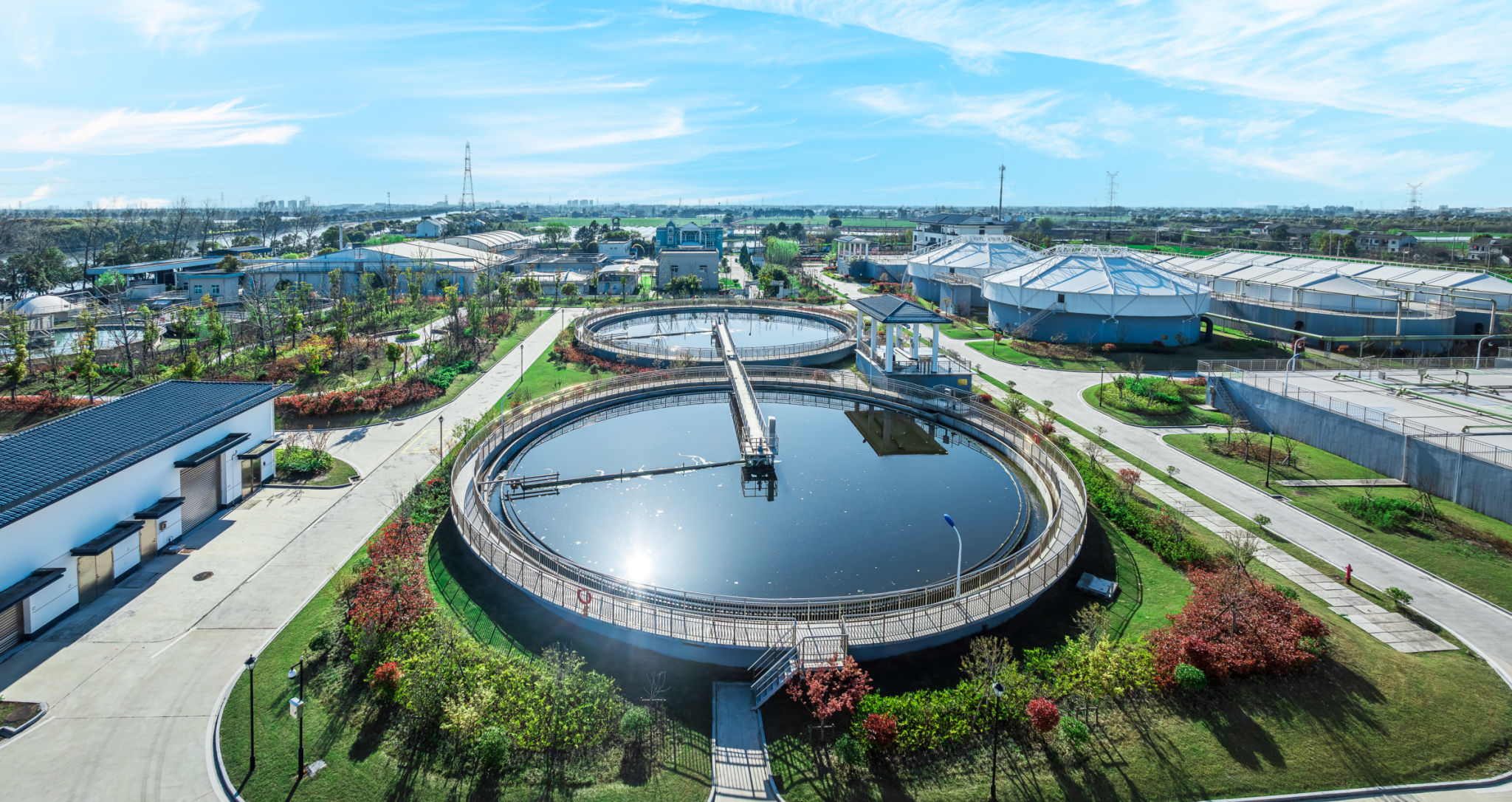Understanding PFAS Contamination: Risks and Remediation Strategies
Understanding PFAS Contamination
Per- and polyfluoroalkyl substances (PFAS) have become a growing concern for environmental experts and public health officials. These synthetic chemicals, often referred to as "forever chemicals," are known for their persistence in the environment and human body. PFAS are used in a wide range of products, from non-stick cookware to firefighting foams, making them pervasive in daily life.

Risks Associated with PFAS Exposure
The primary risk of PFAS contamination lies in its potential to cause adverse health effects. Studies have linked exposure to these substances to various health issues, including liver damage, thyroid disease, decreased fertility, and increased risk of cancer. The chemicals can accumulate in the human body over time, leading to chronic exposure even if direct contact with PFAS-containing products ceases.
Environmental risks are equally concerning. PFAS can leach into water supplies, affecting both drinking water sources and aquatic ecosystems. Their resistance to degradation means they remain in the environment for years, posing a long-term threat to wildlife and plant life.
Identifying Sources of PFAS Contamination
One of the challenges in addressing PFAS contamination is identifying its sources. Common sources include industrial sites where these chemicals are manufactured or used, landfills where PFAS-containing products are disposed of, and areas where firefighting foams have been utilized. Understanding these sources is crucial for developing effective remediation strategies.

Remediation Strategies for PFAS
Several strategies have been developed to remediate PFAS contamination, with varying degrees of effectiveness. Some of the most prominent methods include:
- Activated Carbon Filtration: This method involves using activated carbon to adsorb PFAS from contaminated water. It is effective for certain types of PFAS but may not work for all.
- Ion Exchange Resins: These resins can remove PFAS by exchanging ions with the contaminants, offering a solution for treating water supplies.
- Reverse Osmosis: A comprehensive treatment method that can effectively remove a broad range of PFAS compounds from water.
Challenges in Implementing Remediation
Despite the availability of these technologies, implementing remediation strategies for PFAS is not without challenges. The cost of treatment, the need for continuous monitoring, and the complexity of treating multiple types of PFAS compounds are significant hurdles. Additionally, as research continues to uncover more about these chemicals, remediation methods must adapt to address emerging concerns effectively.

The Role of Regulation and Policy
Government regulations play a critical role in managing PFAS contamination. Policies that limit the use of these chemicals in manufacturing processes and establish permissible levels in drinking water are essential for mitigating their impact. Public awareness campaigns and stricter regulatory frameworks will be key in preventing future contamination and safeguarding public health.
In recent years, some countries have implemented measures to phase out certain PFAS compounds from industrial use. This proactive approach not only reduces environmental contamination but also encourages innovation in developing safer alternatives.
The Future of PFAS Management
The future of managing PFAS contamination lies in a combination of technology, regulation, and community involvement. Advances in treatment technologies show promise, but ongoing research is needed to understand long-term impacts and develop more efficient solutions. Collaboration between governments, industries, and communities will be critical in addressing this complex issue.
As awareness of PFAS grows, so does the global commitment to addressing their impact. By understanding the risks and exploring effective remediation strategies, we can work towards a healthier environment and a safer future.